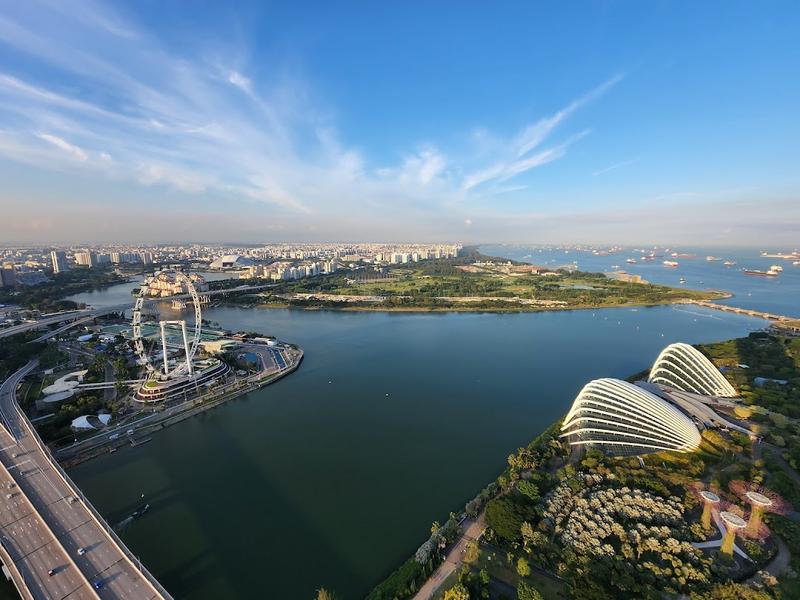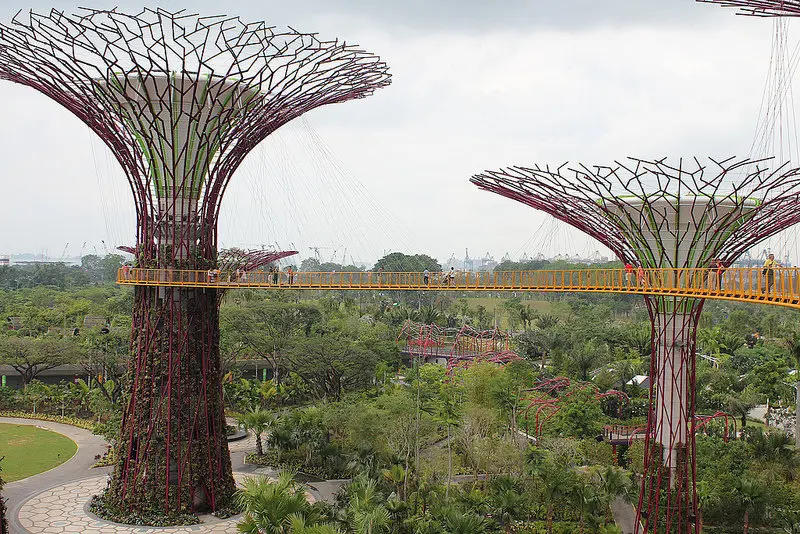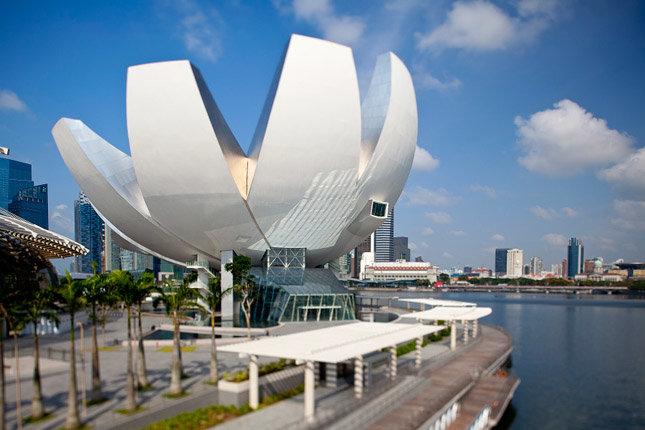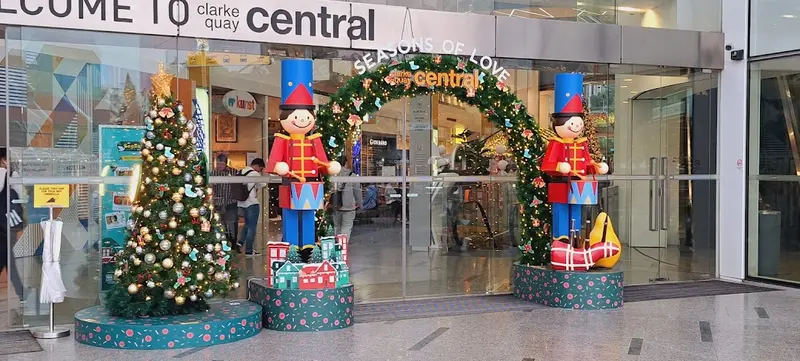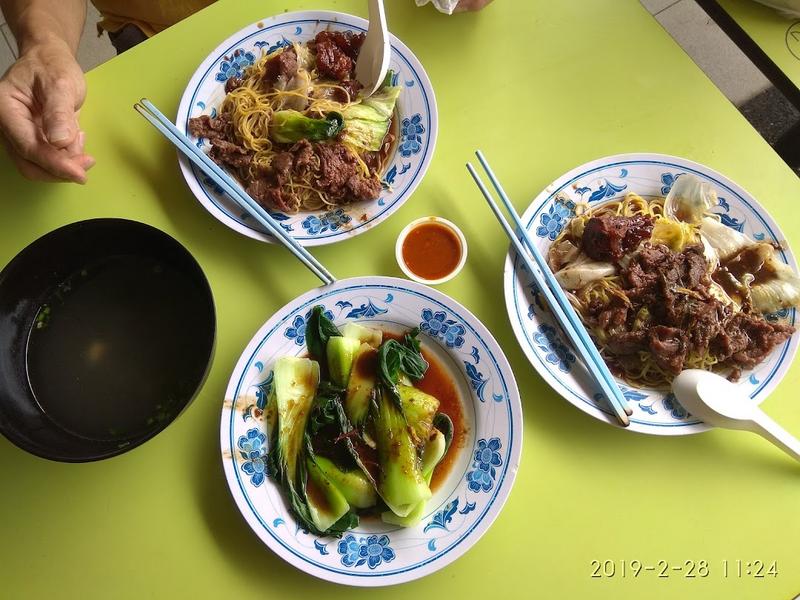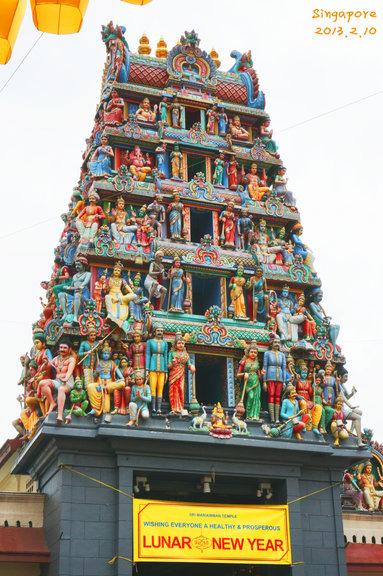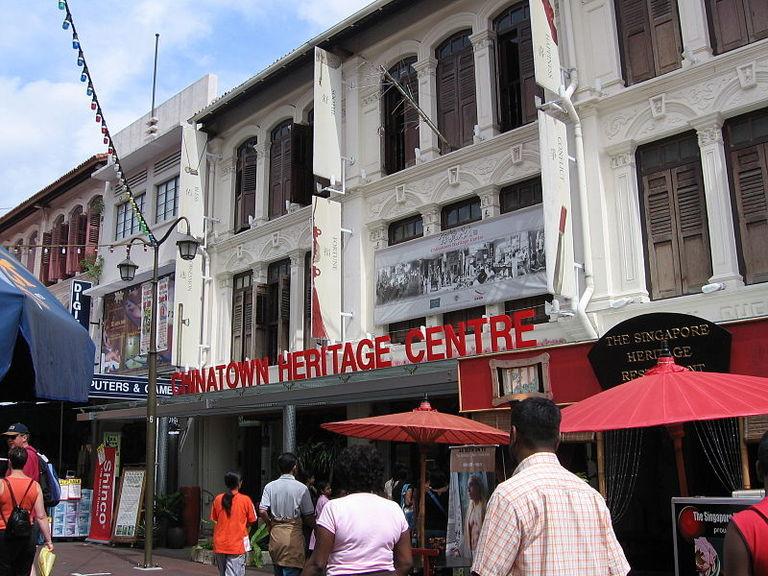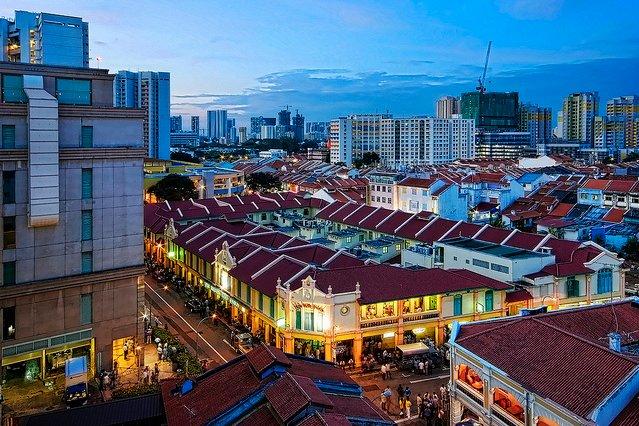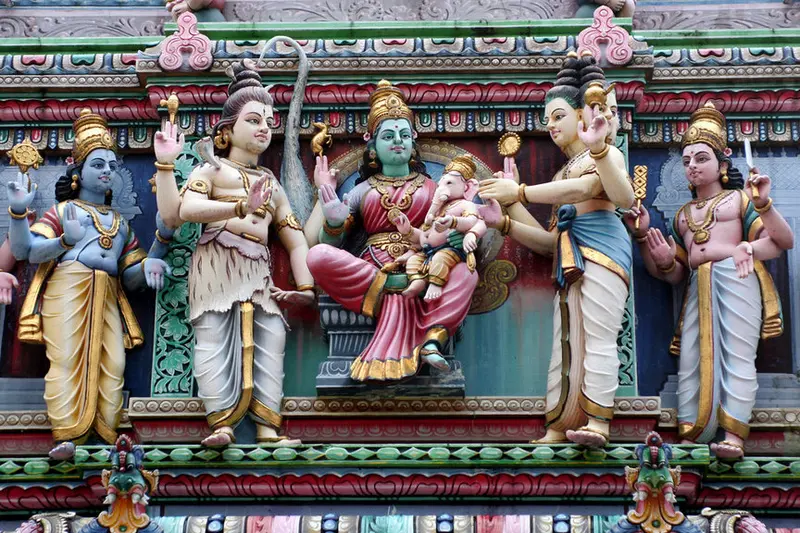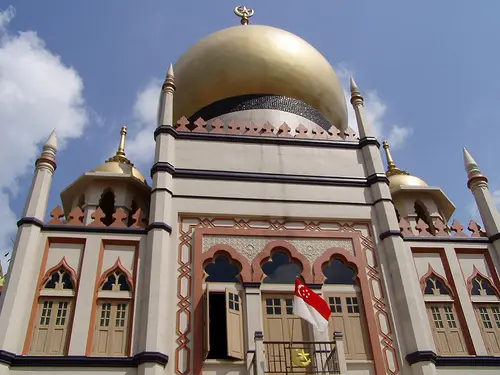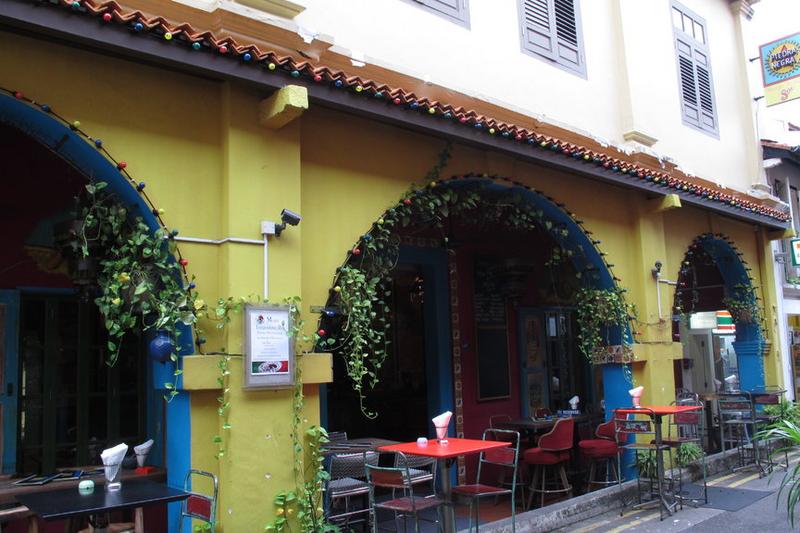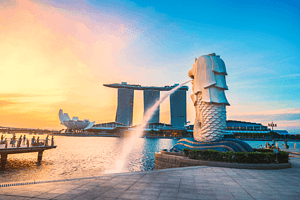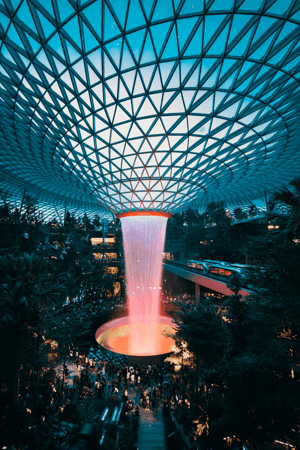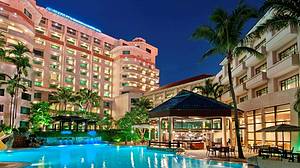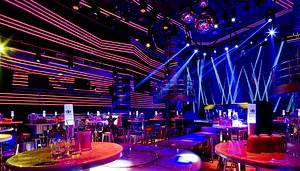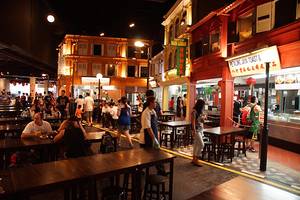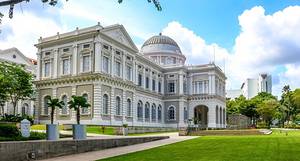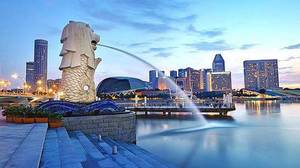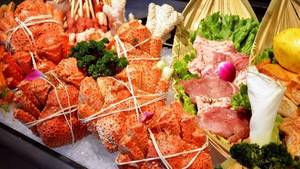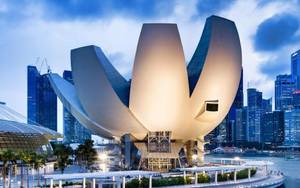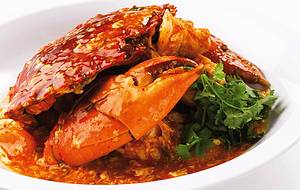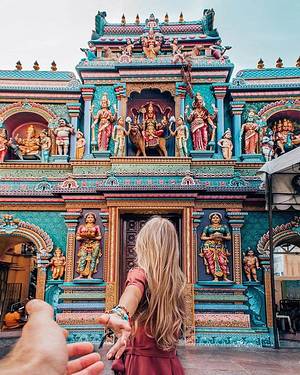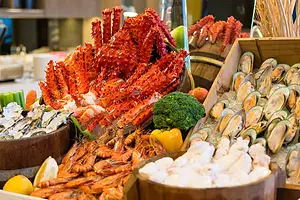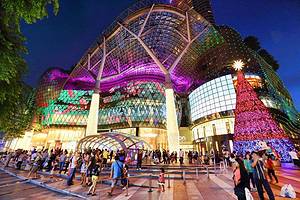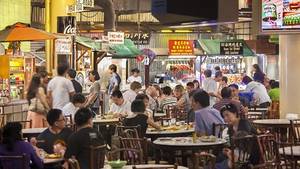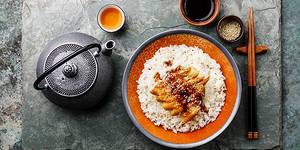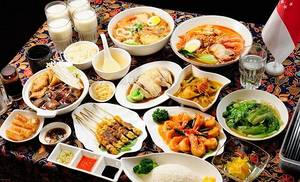Singapore in Two: Highlights & Heritage
2 cities |
14 attraction(s) |
total distance 17
km
 TIPS
TIPS
Day1
Day2
Day1: Clarke Quay Central > Singapore > Clarke Quay Central
5 attraction(s) ·
3 km
1
Luxe hotel offering multiple restaurants & bars, plus bay views, a spa & a rooftop pool.
1
km
2
Singapore has a new landmark that won the 2012 World Building of the Year Award. It is composed of the Flower Dome, Cloud Forest, 18 Supertrees, Heritage Gardens, World of Plants, Dragonfly and Kingfisher Lakes. The Children's Garden is the latest addition, designed specifically for children.
The garden covers an area of 101 hectares and has over 250,000 rare plants. It is divided into three parts: Bay South, Bay East, and Bay Central. Walking along the waterfront pathway, you can see the entire city skyline of the Marina Bay Financial District, which is very charming. Here, you can take a night walk or have a picnic with family and friends, which is very comfortable and pleasant.
1
km
3
The ArtScience Museum is located in Marina Bay Sands and is one of the famous attractions in the area. The museum aims to explore the power needed for creative thinking, including how to acquire and use skills, and showcases the huge changes that have occurred as a result in the surrounding world. The museum hosts various exhibitions and programs, perfectly combining design, content, and knowledge discussion, inspiring creativity. With 21 exhibition spaces and an area of 4,645 square meters, the museum is an ideal venue for hosting large international touring exhibitions of renowned collections globally.
1
km
4
Iconic, 8.5m-tall statue with the body of a fish & head of a lion, shooting water from its mouth.
1
km
5
Mall with restaurants & nightlife in a redeveloped, 19th-century commercial district by the river.
Day2: Clarke Quay Central > Singapore
9 attraction(s) ·
13 km
1
Straightforward marketplace offering a range of retailers, plus a food court with various vendors.
1
km
2
The Sri Mariamman Temple in Singapore is one of the oldest Hindu temples in the city. Built in 1827, it is dedicated to the goddess Mariamman and is believed to have healing powers. The temple is a true example of Dravidian architecture and is now a national monument of Singapore.
Visitors can see the influence of South Indian architecture in the temple's tower, which features sculptures of gods and mythical beasts. Details like carved deities on the walls, doors adorned with bells, and murals on the canopy can also be observed.
In addition to celebrating the Thimithi Festival, the Sri Mariamman Temple is a popular venue for Hindu weddings. People of all religious beliefs come to the temple to seek blessings and healing from the deities, believing in their magical powers.
1
km
3
Before the British landed in Singapore in 1819, Chinese laborers had already begun planting betel nut and pepper. With the influx of more Chinese immigrants, Sir Stamford Raffles designated the area along the southwest bank of the Singapore River as the Chinatown. At the time, Singapore had no piped water, and so the only water source for the whole city was from wells at An Xiang Mountain and Serangoon Road, which were transported by ox-carts. Hence, the area became known as Chinatown.
Today, the Chinatown Heritage Centre is housed in a regular shophouse along Pagoda Street. It is a place that showcases the early life of Chinese immigrants. Since most of Singapore's Chinese immigrants came from three provinces - Fujian, Guangdong, and Hainan, the place is rich in southern Chinese culture. The museum is small with only three shops and reconstructed living quarters, but it is rich in content. It feels as though visitors have traveled back in time to the 19th century, experiencing the hardships that Chinese immigrants faced as they struggled to make a living.
3
km
4
Little India is a gathering place for Singapore's Indian community, with the earliest Indian immigrants arriving in 1819, followed by more Indian communities settling here, forming the scale of today. Little India has many ancient shops and small stalls scattered along the roadside, alleys, and backstreets, where residents can purchase necessities. Here, you can experience the rich Indian folk culture, such as Serangoon Road, one of Singapore's oldest roads, which evolved from a name story. Sri Veeramakaliamman Temple, specializing in the worship of the goddess Kali, is one of the must-see attractions in Little India. The bustling Saturday and Sunday evenings are particularly lively, as Singaporean Indian workers like to come here to eat, shop, or hang out with friends. Mustafa Centre, a shopping center in Little India, has affordable prices and sells a variety of Indian-style household decorations, clothing fabrics, electronic products, and other Indian-style products. In Little India, you can also experience henna tattoos. In addition, The Banana Leaf Apolo, Muthu's Curry Restraurant, and Komalas Vegetarian Snacks are also worth a try. Although there have been riots in the past, Little India is currently safe, and it is recommended that everyone experience this place with ethnic features.
1
km
5
There is a Sri Veeramakaliamma Temple located on the busy Hill Street in Little India, which was built in 1855 by Tamil laborers. The temple was established to worship the Hindu goddess Kali, who is symbolized as a powerful force. Kali is known for her dark image and is often depicted with multiple arms, each holding a weapon, which are intricately painted on the walls of the mandapam, where worship takes place.
2
km
7
Sultan Mosque is one of the famous mosques in Singapore, built in the early 18th century. This historic building was declared a national monument of Singapore on March 14, 1975. Sultan Mosque is located at the end of Bussorah Street, which offers the best view of the architecture. Bussorah Street is a popular tourist destination for locals and visitors, as it is home to many cafes, antique shops, and traditional clothing stores.
1
km
8
Haji Lane is located in Kampong Glam, Singapore. It is a tranquil alley with many unique small shops that are worth exploring. In the past, this lane was an empty street with pre-war buildings on both sides. Today, the influx of local designers and young entrepreneurs has brought new vitality to this old lane. Many designers and entrepreneurs have opened personalized boutique fashion stores here, specializing in selling various fashionable accessories and items with a Singaporean local flavor.
8
km
9
Sentosa is a comprehensive resort suitable for family fun, worth spending a whole day to linger and savor the charm of the tropics. It offers beautiful beaches, world-class tourist attractions, diverse water sports, golf courses, and resorts, becoming a popular tourist destination in Singapore that attracts 2 million visitors annually. The southern coast has a 2 km beach, two WWII historical sites, the Siloso Battery and seven hotels, two golf courses, and Sentosa Island Pass holders have the opportunity to explore attractions such as Sentosa Island, Universal Studios Singapore, and more. Visitors can purchase tickets using UnionPay cards and make payment at merchants within the resort.
